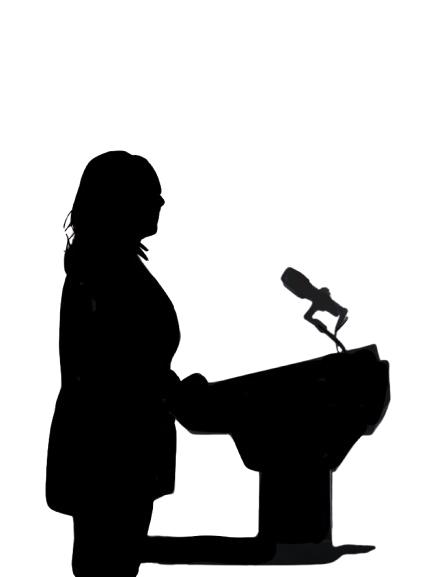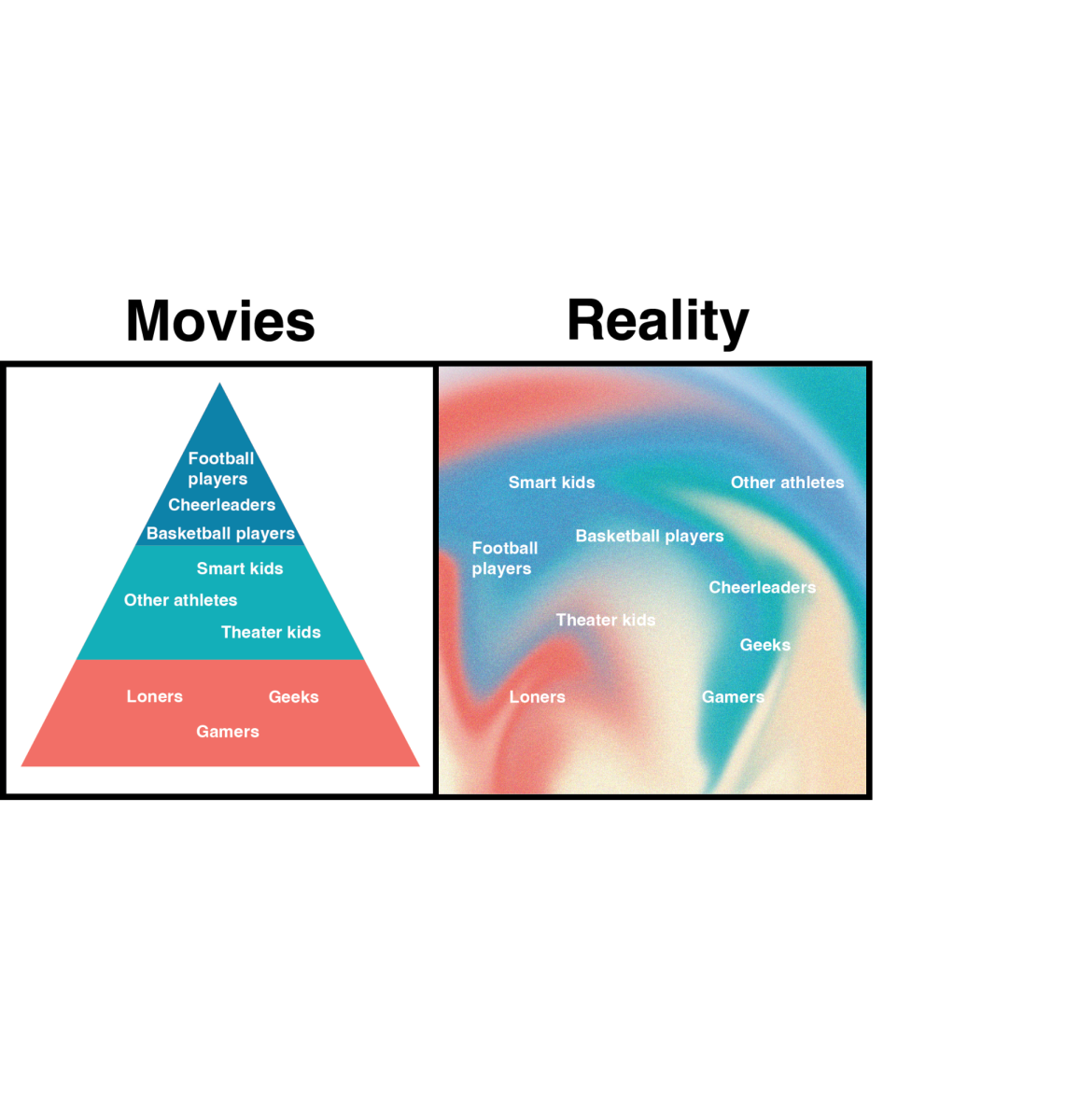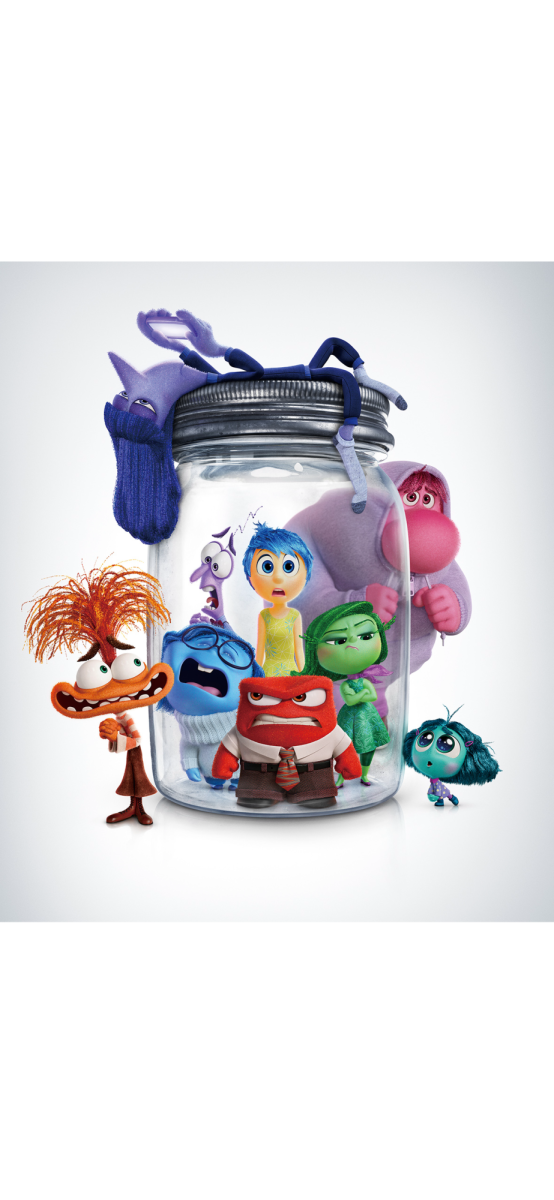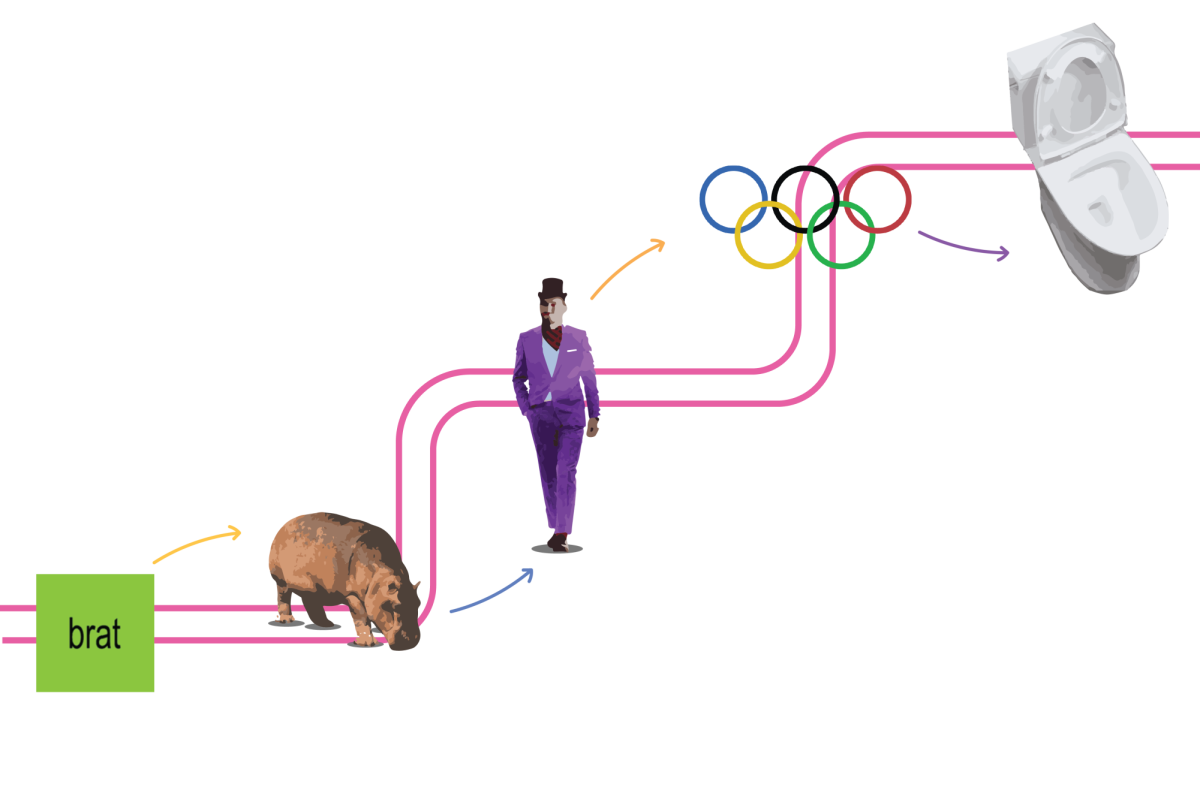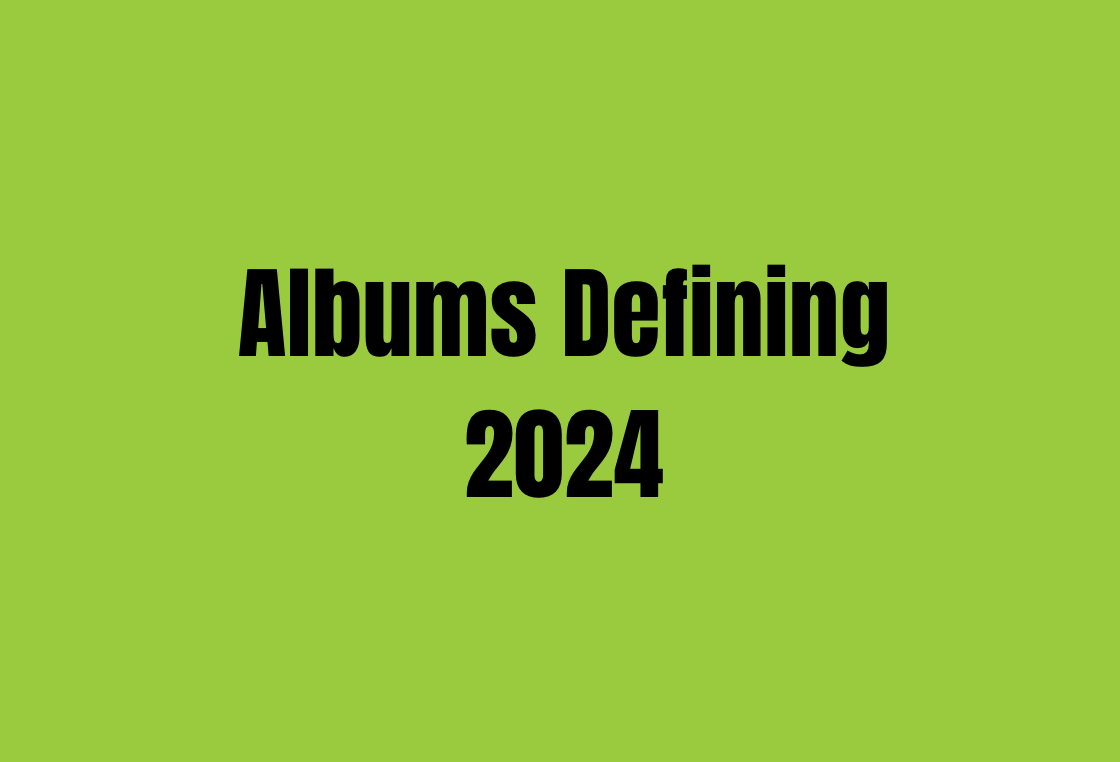In 2007, Barack Obama was the first presidential candidate to ever leverage the power of social media for campaigning, with almost 1 million followers on Facebook. This was significant for his time, but fast forward to 2024, and Presidential candidate Kamala Harris has around 17 million followers on Instagram. On July 22, a day after Harris was endorsed by Joe Biden, Kamala HQ posted a neon green statement with blurry black letters, and a tweet from Charli XCX saying “Kamala IS Brat.”
Marking a significant change in campaign tactics, Harris’s campaign has steered towards Generation Z, giving her a stronger lead in polls than Biden throughout the summer. Unlike Biden’s campaign, which also attempted to attract young voters with TikToks, Harris’s Gen Z platform grew almost effortlessly. Excitement about Harris’s campaign has quickly gained momentum after Biden stepped aside from reelection. Over the summer, “Coconut Tree” TikToks went viral, based on a statement she made at a White House event in 2023, advocating for education equity.
“You think you just fell out of a coconut tree?” Harris said. “You exist in the context of all in which you live and what came before you.”
Supporters then used coconut and palm trees to show their support and endorsement for her, and Harris’s campaign team used the viral meme to their advantage. Sponsor of Trinity Prep’s Voters Club, Sebastiaan Blickman said he has learned a lot about pop culture through Harris’s campaign.
“We decide our leaders based on who can more or less promise the most, and do so in the most attention-seeking way,” Blickman said. “I had no idea what this “brat” thing was… Then I learned about it based on that campaign.”
Kamala HQ is providing context; between posts highlighting the dangers of Project 2025 and Harris’s policy plans, the campaign team uses viral Gen Z memes to appeal to younger audiences, while also educating them about the candidate. Harris’s campaign efforts had differed vastly from former President Donald Trump, who turned to media outlets like X, formerly Twitter, and Facebook, marking an appeal to older audiences. An appeal to younger audiences Harris had done has given her a large amount of press.
“As a strategic move, I think it’s been tremendously effective,” senior Nikolas Polsinelli said. “I think it’s more representative towards a broader audience. I think it’s good for democracy in addition to her campaign.”
Harris’s media presence has boosted her polls significantly, compared to Biden. Shortly before Biden dropped out, his polls stood at around a 38% approval rate from US adults, according to AP News. However, when Harris entered the race as the new Democratic candidate, her approval rate stood at 48%, almost half of US adults, according to AP News. And not only is her quick turn towards appealing to Gen Z, but also the historical significance of a woman of color running for president, has excited many voters.
Similar to Harris, Obama who was known as the “first social media president,” launched a campaign with such force that he inspired citizens to vote for him. According to a case study written by Jennifer Aaker and Victoria Chang from the Stanford School of Business, a major factor that contributed to the success of the Obama campaign was their use of social media, “not only to raise money but also more importantly, to develop a groundswell of empowered volunteers who felt that they could make a difference,” Aaker and Chang said.
Just like Obama, harnessing the power of social media has since become a driving force of campaigns, leading candidates to win the presidency. However, no other candidate has caught the attention of Gen Z quite as much as Harris. Her campaign has used pop culture to its advantage, and voters have latched onto her relatability. Despite her growing popularity at the beginning of the campaign, Trump has now caught up to Harris in the polls. Americans will just have to wait and see if Harris’s large social media presence and platform of young voters is enough to win her the presidency.




